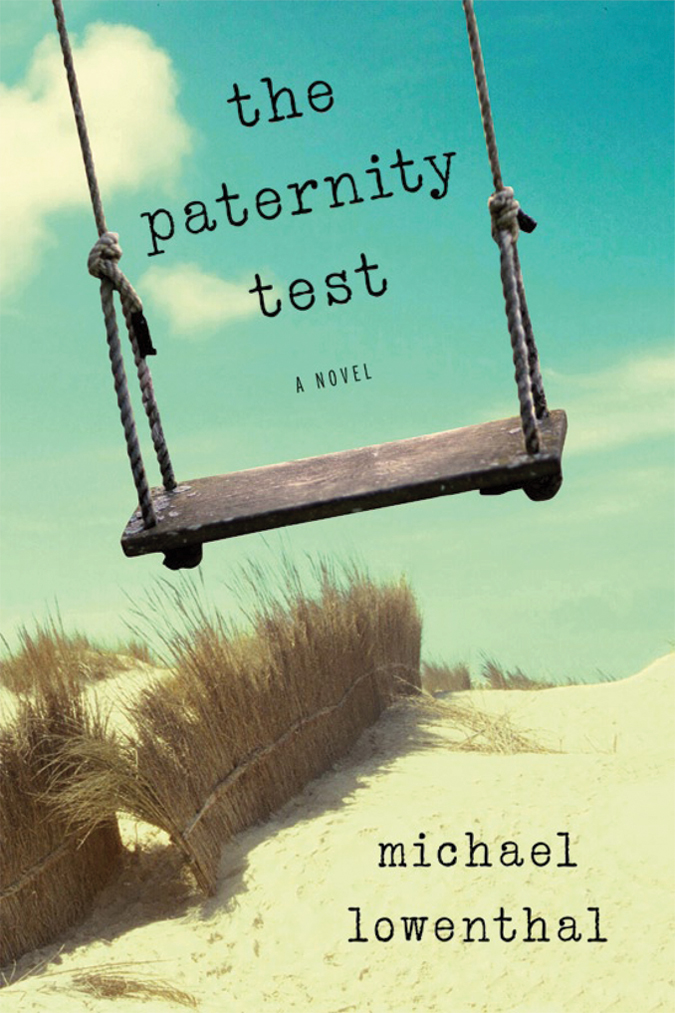From the Slush Pile: Have You Got What it Takes?
I’ve said it before: you have to play to win. And I’m sorry to say, in terms of the slush pile, “winning” is a bit of a crapshoot. To rise out of the slush pile you must submit and keep submitting. It’s a numbers game and resiliency and pluck pay off.
And there’s the rub. It’s a roll of the dice. The only thing you can do is submit your very best work and if it gets rejected, send it out again. Jasmine Sawers, winner of last year’s Emerging Writer’s Contest, received a multitude of rejections for her winning story, “The Culling,” before she got the call from Ploughshares. As a screener for that contest I read hundreds of stories and as soon as I read it, I said yes without hesitation—that piece had to be passed on. I can’t guarantee that a fellow screener would have felt the same way however, and therein lies the dilemma.
That’s what you must understand. We as individual writers speak to certain sensibilities. Every writer does not appeal to every reader and I’m not talking about genre here. I can’t tell you how many times a friend will recommend something to read—someone who is wise in the literary ways—and despite their gushing, I can’t get through the first few chapters.
And that is the reality of the slush pile.
This is not meant to be discouraging; quite the contrary. Think of it this way: your story reads with ease and grace; your readers—beyond your mom and sister—say submit, it’s ready, send it here, here, and here. So you do, with a newfound confidence, only to be met with standard rejections. Now you have a choice. Put the story back in the drawer, thinking it’s not good enough—or send it out again.
The world is filled with many talented authors, but the ones who are breaking through the slush pile and getting published are the ones who keep at it. Award winning, author, L. Annette Binder told me her story, “Lay My Head,” which recently won a Pen/O. Henry Prize (forthcoming 2013) was rejected seventy-seven times. Of those seventy-seven, sixty-six were form rejections. I don’t know about you, but that makes me hopeful for my own writing. The takeaway: keep submitting!
For all you women out there this means you in particular. VIDA: Women In Literary Arts have run the numbers and shown men submit more than women. When men receive a rejection, they send another story. Literary rejection wears on us all, but males don’t seem to take it personally. They don’t say to themselves, “I don’t want to trouble the editors with another story if they didn’t like the first.” There is a lesson to be learned there.
Almost all journals take simultaneous submissions, so when you submit it shouldn’t be to just one magazine. Send them out in bulk, and if you’re like me, you’ll receive rejections on a daily basis—sometimes two in one day. That should only feed your fire. There are hundreds of journals out there and really good writing should be able to find a home—but not if each rejection is going to sting.
My fifteen-year-old daughter recently auditioned for a role in a play that she really wanted. It came down to her and another girl. When we talked about it she was clear and astute. She said that she had done everything she could and she was proud of her work and if she didn’t get the part it was because of the director’s artistic vision. I looked at her hard and close to see if she was feeding me a line, but she meant it. Once again, schooled by the baby.
Art is subjective. Readers have individual sensibilities and biases. Believe in your work and have faith that someone shares your artistic vision. There is a home for all good writing, but not if it just sits on your computer.
So send it out!


